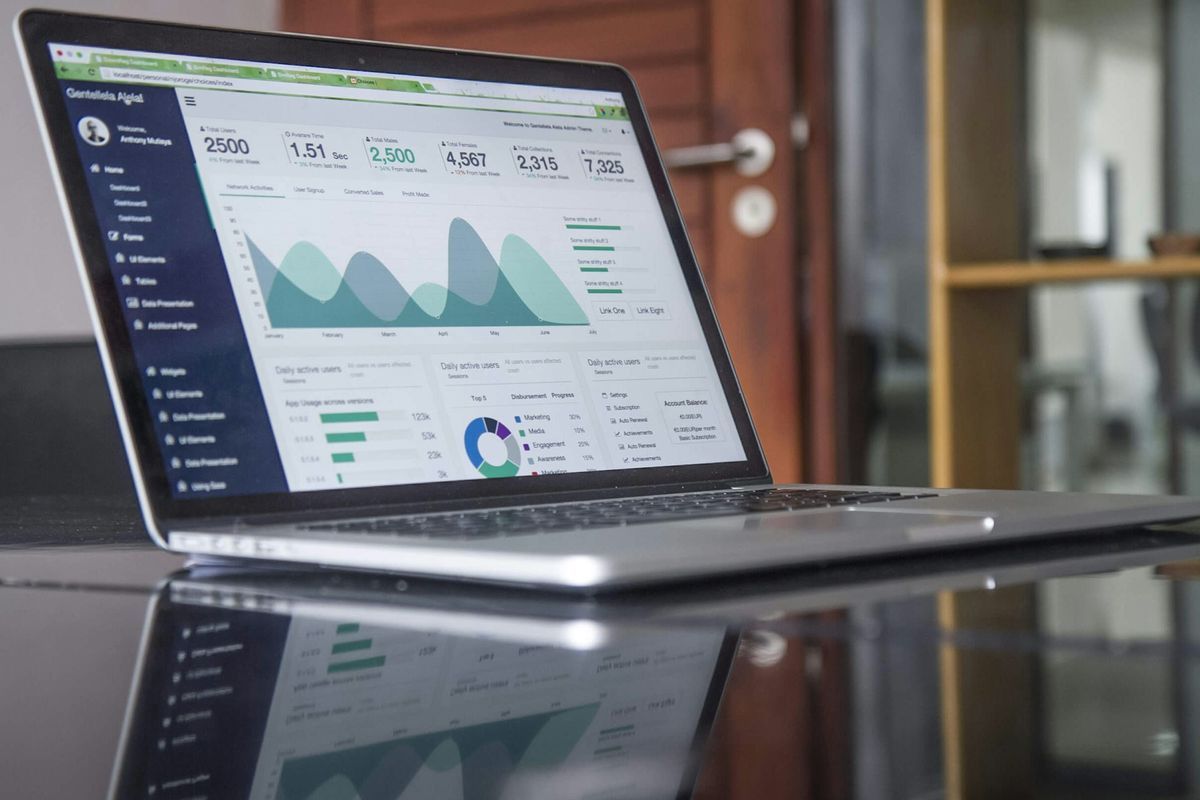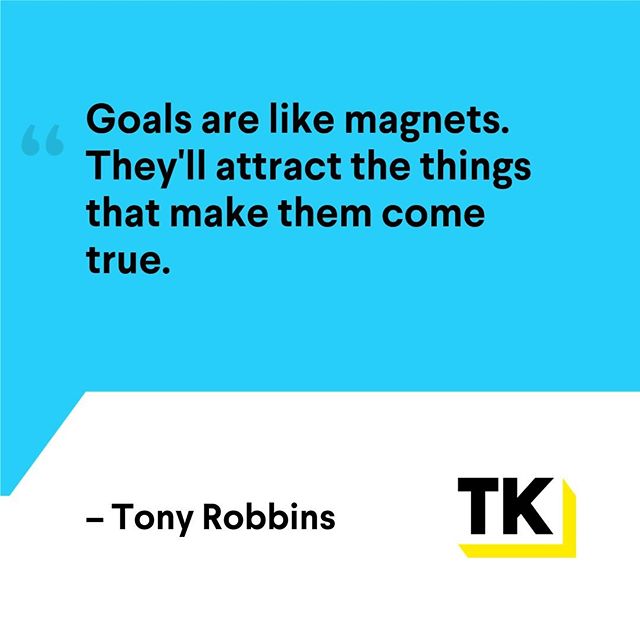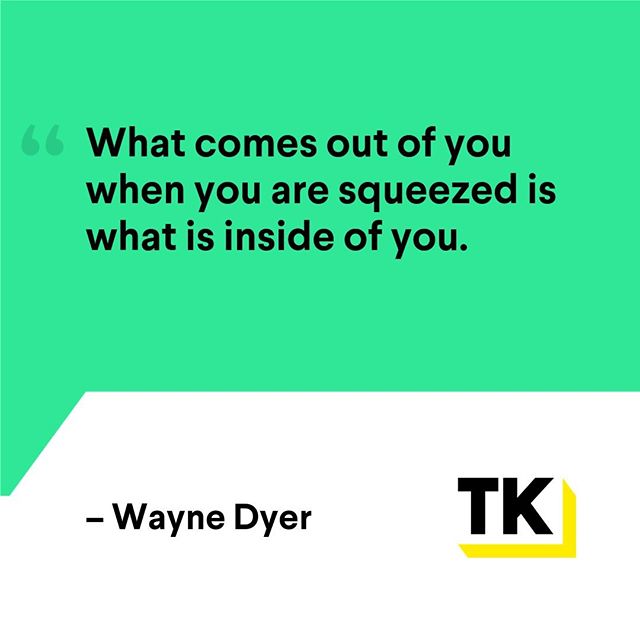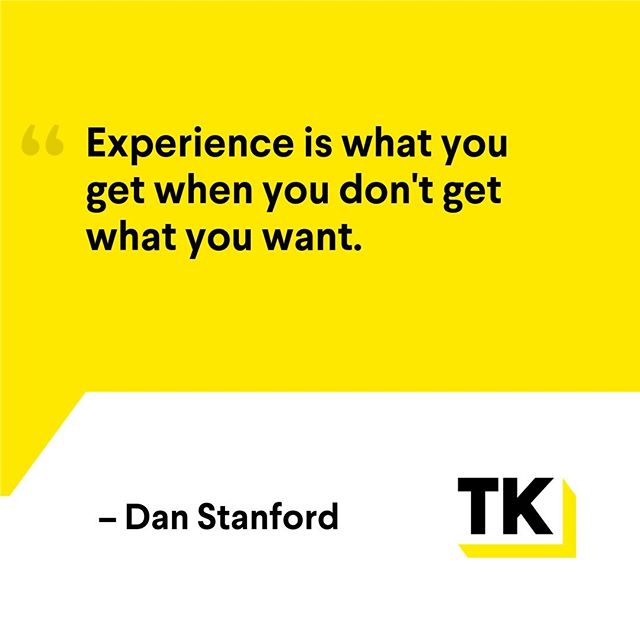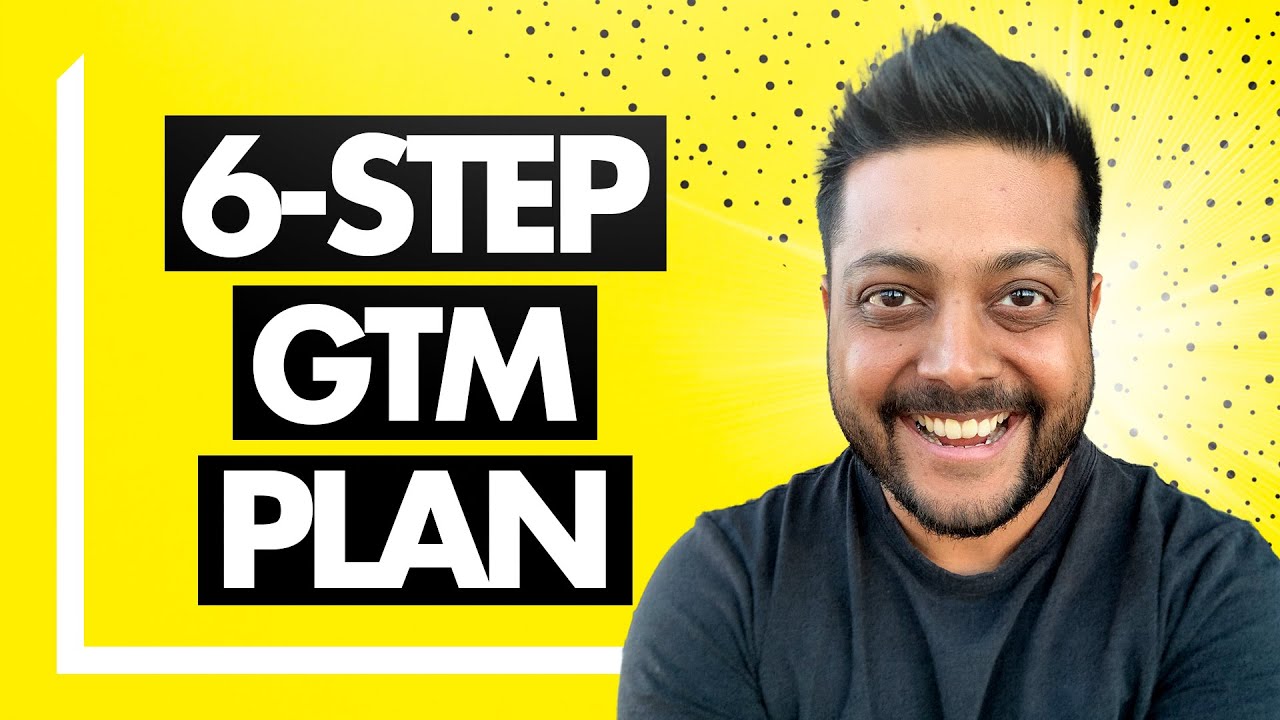Are you looking to generate more pipeline for your SaaS business and scale revenues to reach $1M ARR (and beyond)?
Chances are you’re starting to get serious about creating a B2B SaaS marketing strategy.
As a SaaS Founder and Go-To-Market leader, I’ve found that having the right marketing strategy is the driving force behind successful SaaS companies. Now, I’m an engineer at heart, so it was difficult for me to grasp that marketing was actually beneficial to my product. When I was building my first SaaS company, I knew I needed to embrace marketing, but had no idea how or where to start. So, the engineer in me kept building out more and more features…
It wasn’t until a mentor taught me that marketing was actually a form of serving your customers, and not a form of selling. Once I started implementing a marketing strategy, I really started to see my company scale and drive growth.
But what does marketing actually mean? I always love telling people that great marketing happens when more people know about you today than they did yesterday. Marketing encompasses a variety of tactics designed to acquire, retain, and expand your customer base. Having a great marketing strategy is powerful and essential, especially in this noisy competitive world.
As I worked through strategies with hundreds of SaaS companies, I learned a lot about developing a proper marketing strategy. In this blog, I’ll walk you through how you can build a scaling B2B SaaS Marketing Strategy to reach your growth goals.
What is B2B Marketing?
B2B (Business-to-Business) marketing is a set of strategies aimed at promoting products or services from one business to another. Unlike B2C (Business-to-Consumer) marketing, which targets individual customers, B2B marketing focuses on meeting the unique needs and challenges of businesses and organizations. This involves identifying, reaching, and engaging with the decision makers within other businesses to create mutually beneficial relationships.
B2B focuses on relationship building rather than quick sales like B2C. This is done by communicating the value of the product or service in a way that resonates with the targeted customer. B2B marketing often includes tactics such as targeted ads, content marketing, relationship-building, lead generation, and personalized messaging to address the specific goals and pain points of your targeted market.Â
Ultimately, the goal of B2B marketing is to establish trust, generate leads, and drive business growth through successful partnerships with other businesses.
Why Do You Need B2B Marketing for Your SaaS Business?
When you actually nail marketing, your product will start to get noticed throughout your target market, leading to more customer conversions. B2B SaaS marketing serves as a critical bridge between your innovative software solution and the customers who can benefit from it.
A well-crafted B2B SaaS marketing strategy can create the right amount of buzz and generate interest around your product or service, leading to scalable growth and long-term viability.
Step 1- Establish Your Target Market and Ideal Customer Profile
The number one thing I talk about across all my content is establishing your target market and defining your Ideal Customer Profile. I bring this up often due to the fact that many SaaS founders don’t actually approach this step correctly.
The very first question I ask SaaS Founders when they join my program is “What is your ideal customer profile?” Everyone seems to think they have an ICP, but can’t seem to escape the idealistic wishlist of customers they would like to have. They don’t really have a true detailed profile of who exactly they are targeting.
Creating an ideal customer profile is foundational for any business. It often involves a meticulous process of market research and analysis to identify a very specific group of individuals or businesses most likely to benefit from your product or service. By defining your target market and ICP, you gain a clear understanding of their demographics, needs, pain points, trigger points, and preferences. This is invaluable for tailoring your marketing efforts and meeting the unique demands of your ICP.Â
For B2B SaaS, you’ll need to define your ICP’s company size, what revenues they have, where they’re located, and what kind of tools or software they are already using. Although you are targeting certain businesses, keep in mind that you are still selling to people. You should get a full understanding of what roles you are targeting within those businesses, what their ambitions are, and what they might resonate with when it comes to your marketing strategy.
When your ideal customer profile is done correctly, it can be the compass that guides your SaaS business in the right direction. Knowing your ICP not only enhances your ability to reach your audience effectively, but also increases the likelihood of building lasting, mutually beneficial relationships that drive business growth and success.
Step 2- Define The Problem Your SaaS Business is Solving
Now that you know exactly who you are targeting, what problem is your product or service solving? Why does this problem exist? And what are your ICP’s most important pain points behind this issue?
By identifying a specific problem that your ICP encounters, within their industry or daily operations, you can position your SaaS solution as a valuable fix. Articulating this problem is crucial, as it serves as the foundation for product development while guiding marketing efforts. By addressing this pressing need, you will attract initial interest and establish trusting long-term customer relationships.Â
Defining your market problem becomes the driving force behind innovation and success in the competitive SaaS landscape.
Step 3- Develop Your Messaging
A common challenge for B2B SaaS businesses is developing the right messaging to the decision-makers of their ICP. There needs to be a balance between conveying the technical and innovative features of the software while making it easily digestible and compelling. Trying to balance the need to highlight the capabilities of the product and the problem-solving benefits that appeal to the ICP can be a complex task.Â
Finding the right messaging strategy that bridges this gap and communicates both the technical excellence and practical benefits is crucial to engage potential customers and drive conversions. This is why I lean towards Educational Messaging.
You know who you are targeting and what impending problem they are facing. Teach them about this issue, why it’s affecting them, and how they can use your product as a solution.Â
The best way to mobilize your message is to offer it in the form of a guide, or what we like to call, your Manifesto. Construct this strategic message to make your ICP aware of the issue they are facing, and position your product as the ultimate tool that can help them achieve a big, positive transformation.Â
When you teach your ideal customers about the transformation you are bringing to the market, you’re delivering authentic value. This type of messaging builds a trustworthy relationship between you and your ICP. Because you have educated them about the issue and how your product can save their business, they will be more likely to buy from you over anyone else.
Step 4- Create Your B2B SaaS Marketing Strategy
The last step in creating a scalable marketing strategy is to run a consistent set of marketing activities that we call “The Broadway Show.” Now, you can do this through various marketing strategies depending on what stage your SaaS business is in.Â
Demand Generation
Demand Generation is a core strategy aimed at creating interest within your targeted market about your product or service. This is where your educational messaging comes into play. You’ll need to make your ICP aware of the impending problem they are facing and how your SaaS product or service can save their business in a transformational way.Â
Prior to generating leads, you must generate the demand for your product or service. Generating leads to a market that isn’t aware of the problem you are trying to solve will be a futile attempt. Your ICP probably won’t know who you are, what you are offering, or what solution you are proposing. They might not even be aware of the problem they are facing at all.Â
Much like a garden, you must first plant the seeds of interest, water them with informative content, and eventually harvest a loyal customer base that fuels your business growth.
Lead Generation
After you have created demand within your market OR if you are joining a market that is already well-defined, you can move your focus on to Lead Generation.
With lead generation, you are entering the market in an attempt to differentiate yourself from the competitors. Lead generation needs to occur when your ideal customers know the problem exists, are already looking for a type of solution, but don’t know what solution to go after. Here you will approach and engage them in the buying process to have them become a lead.
This crucial phase involves using various tactics such as content marketing, paid advertising, and lead magnets like your Manifesto, to attract and engage a relevant audience. The goal is to turn an anonymous website visitor or casual observer into a qualified lead by collecting their contact information and other necessary items.Â
Once these leads are in the funnel, the nurturing process begins. You will educate them on the product’s value and ultimately convert them into paying customers. Lead generation serves as a foundation for sustained growth, helping companies build a loyal customer base and drive revenue.
Referral Automation
The third marketing strategy that gets overlooked but is turning into a secret weapon is Referral Automation. Your best customers already know other ideal customers. They can do the demand generation for you and become lead generators themselves. You can then convert these newly referred leads into paying customers, and the flywheel cycle starts over at an accelerated pace.
Ask your happy customers, “Do you know other people that are in your role that would get value from our product? Can you introduce us?” and automate this referral process.Â
The more leads you get, the more they convert to even larger, renewable opportunities. When you understand and use these three marketing strategies to develop your own strategy, you will be able to accelerate the growth of your SaaS B2B business.Â
Marketing is necessary for the right people to find your SaaS product and initiate sales.
To recap, the first great marketing strategy is demand generation, where you’re educating the market of the problem you are solving. Lead generation is when you’re targeting the people interested in the solution and converting them into leads. Then, as you convert them into paying customers, you get the flywheel going through programmatic referrals and referral automations. More and more of your own customers will introduce you to more and more of your ICP.
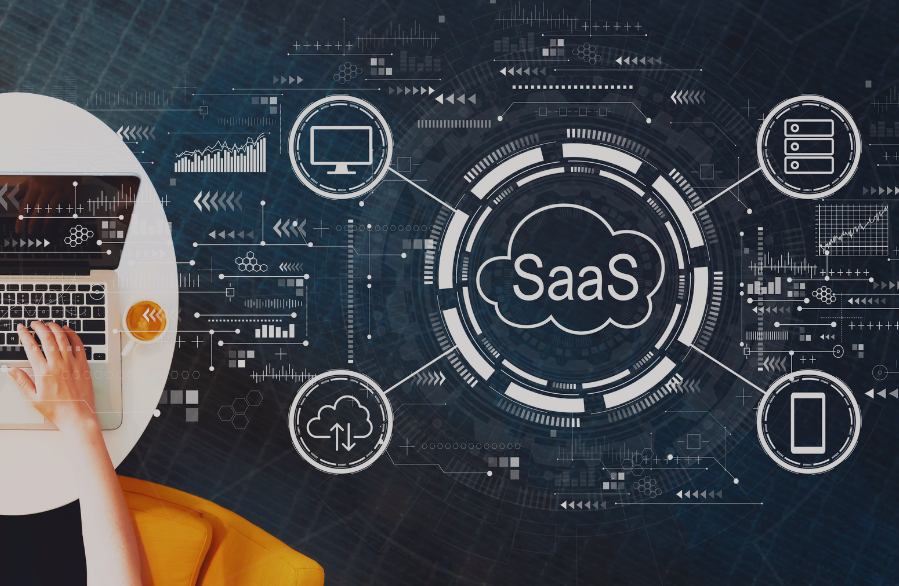
Now you know the three key types of marketing strategies that move the needle for your SaaS business. What you may not know is how to implement these key strategies to drive pipeline and revenues for your SaaS business. Specifically, you may be struggling to figure out your ICP, or your differentiated messaging, or even trying to figure out how to create demand and capture leads.
If you’re the Founder/CEO or a B2B SaaS Business and you’re working to revamp your Go-To-Market strategy to drive growth for your business, this is how I help inside my SaaS GTM program.
I work directly with Founders like you to:
- Clarify your Ideal Customer Profile by developing deep customer insights
- Craft a Strategic Narrative and Manifesto
- Mobilize the narrative and manifesto through a consistent set of GTM activities across key channels to drive pipeline organically (and profitably)
- …so that you can accelerate your path to the next stage of growth.




